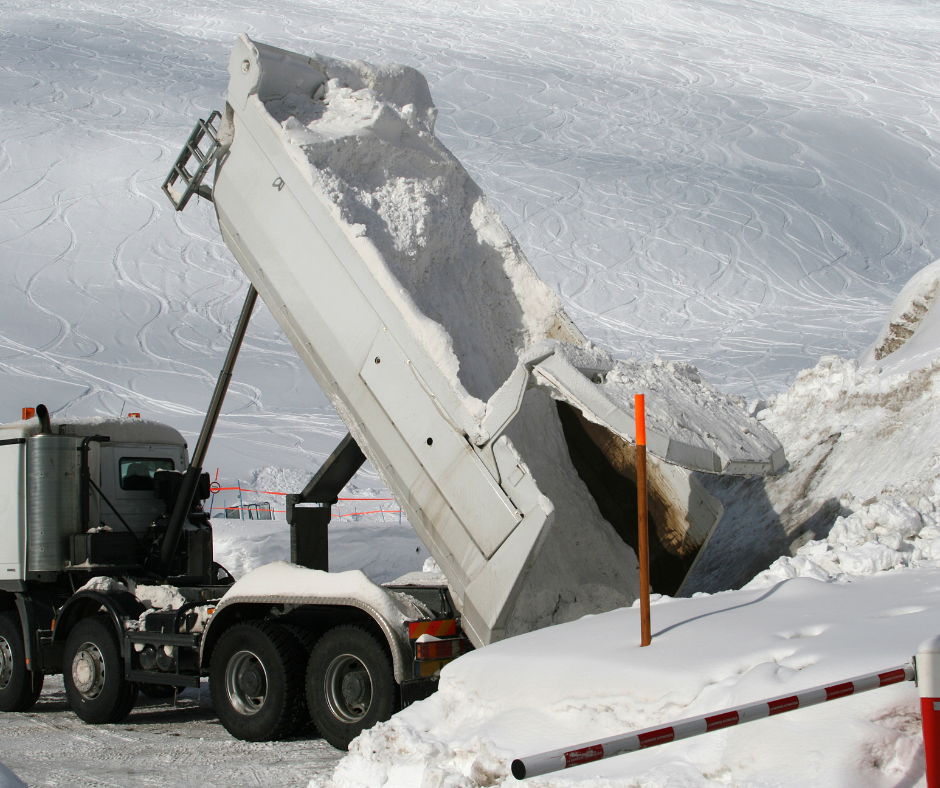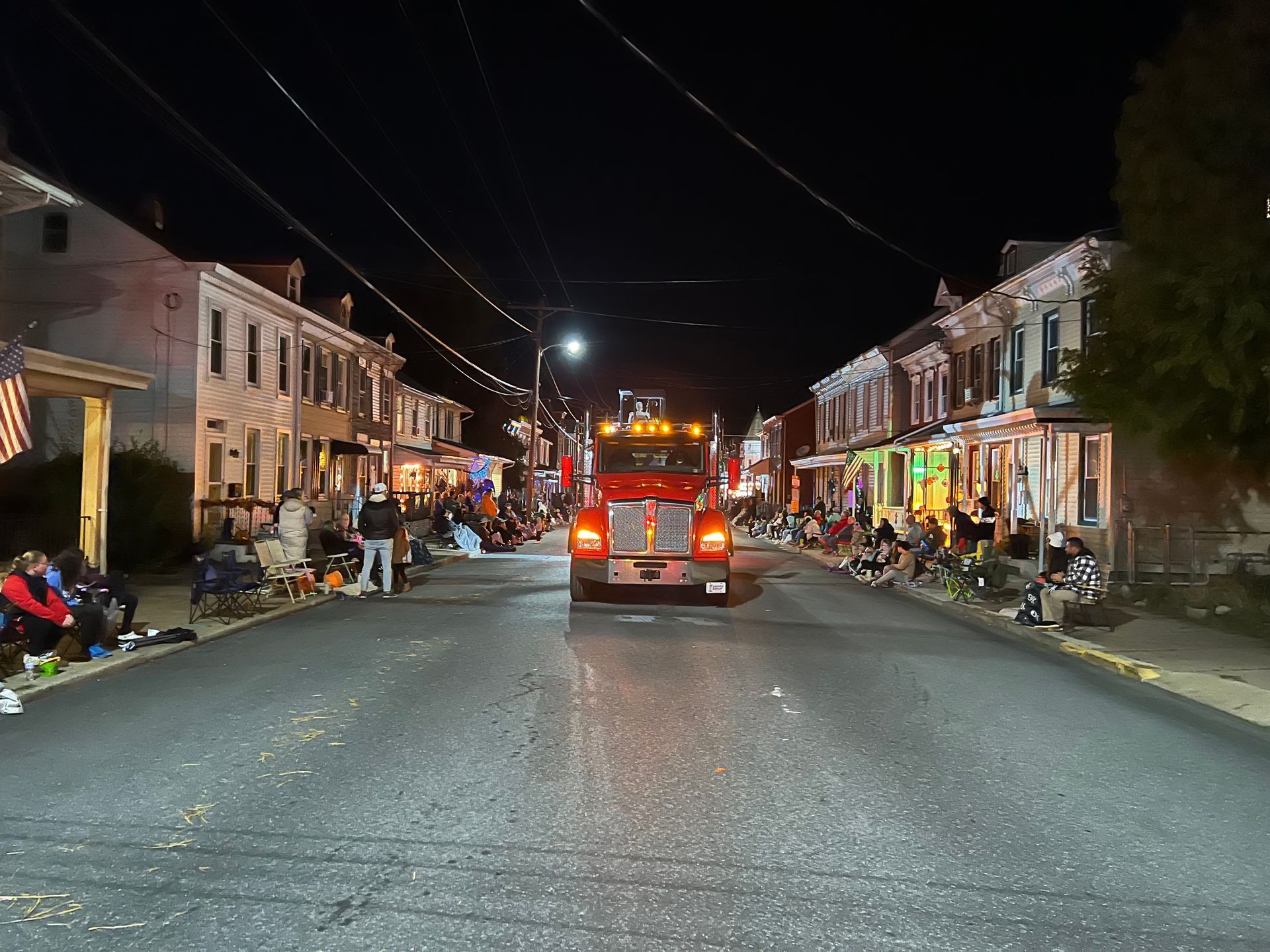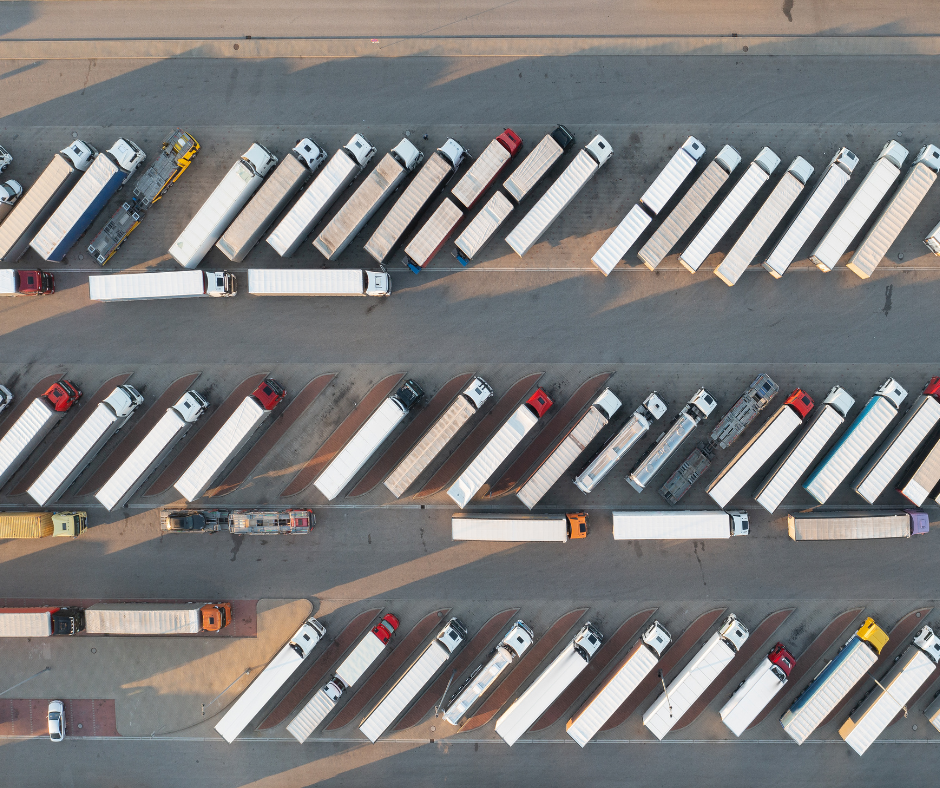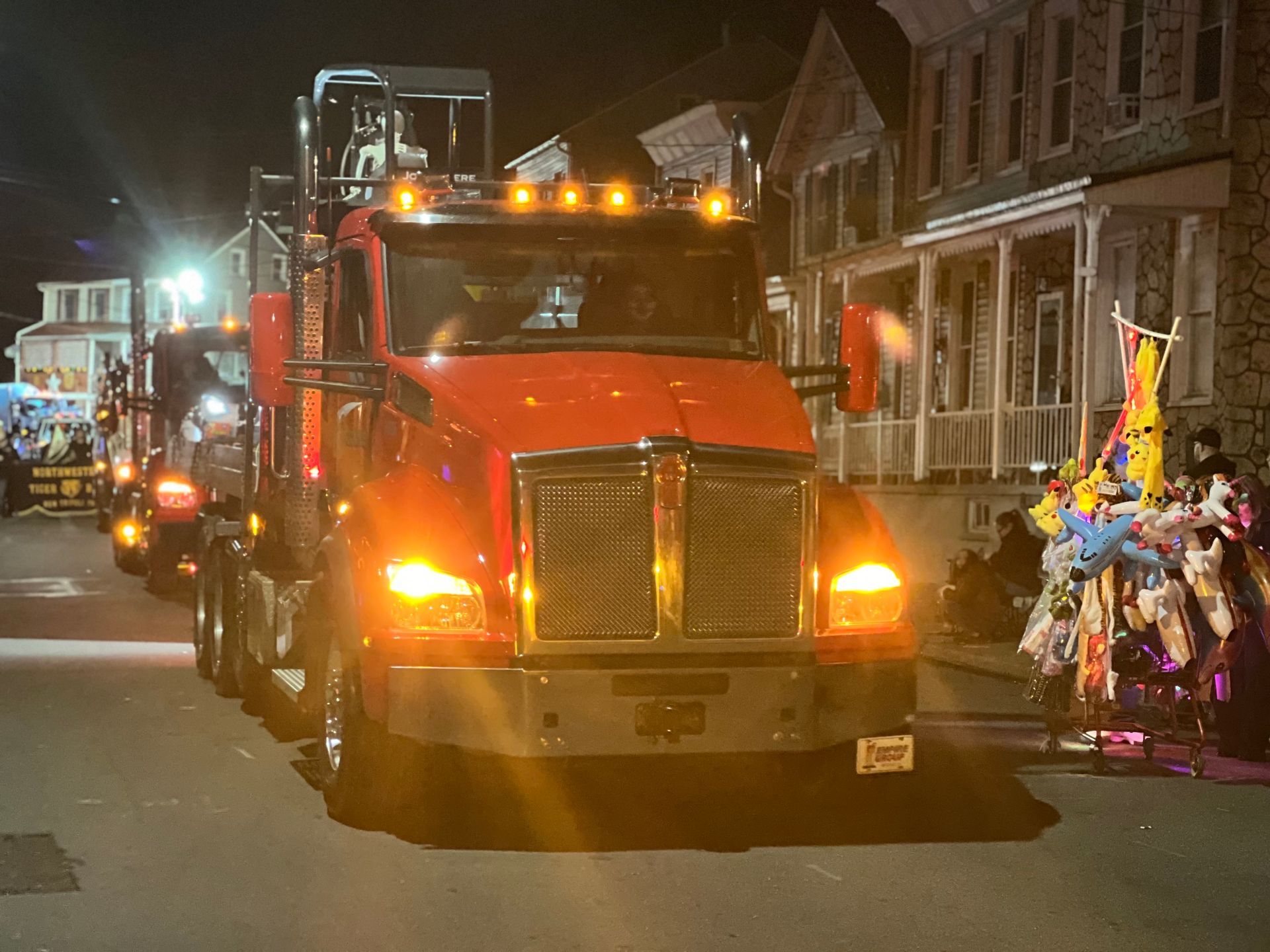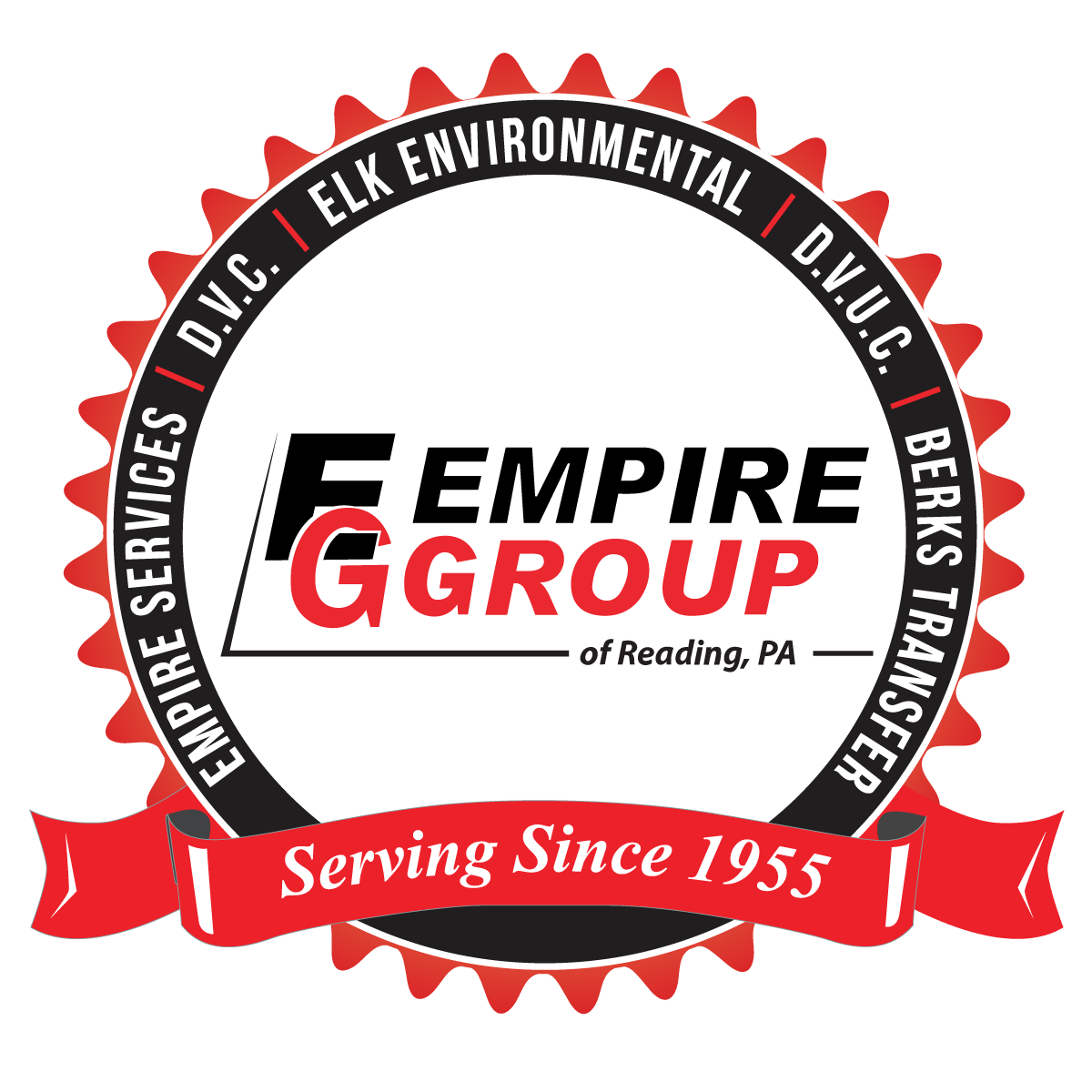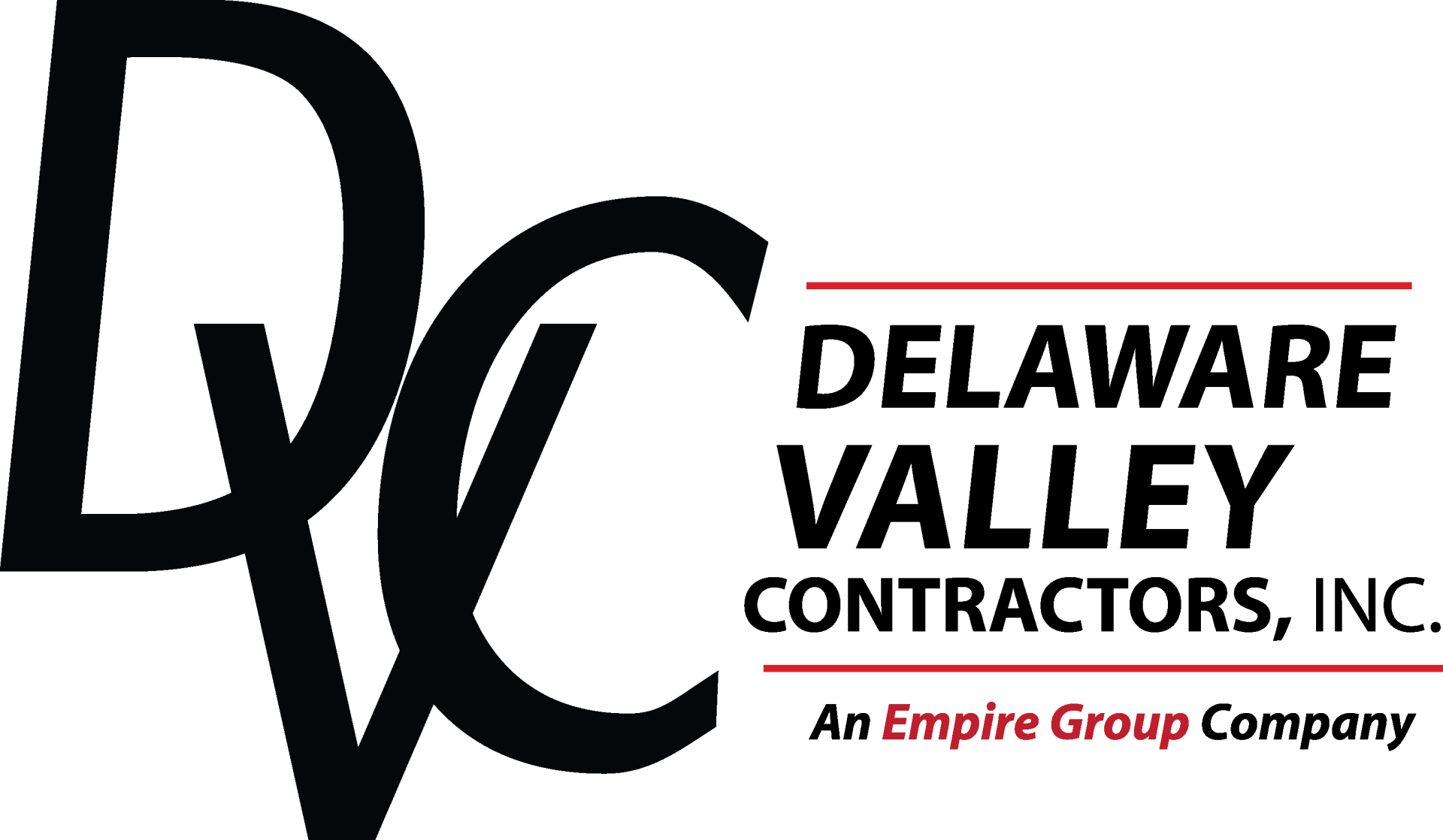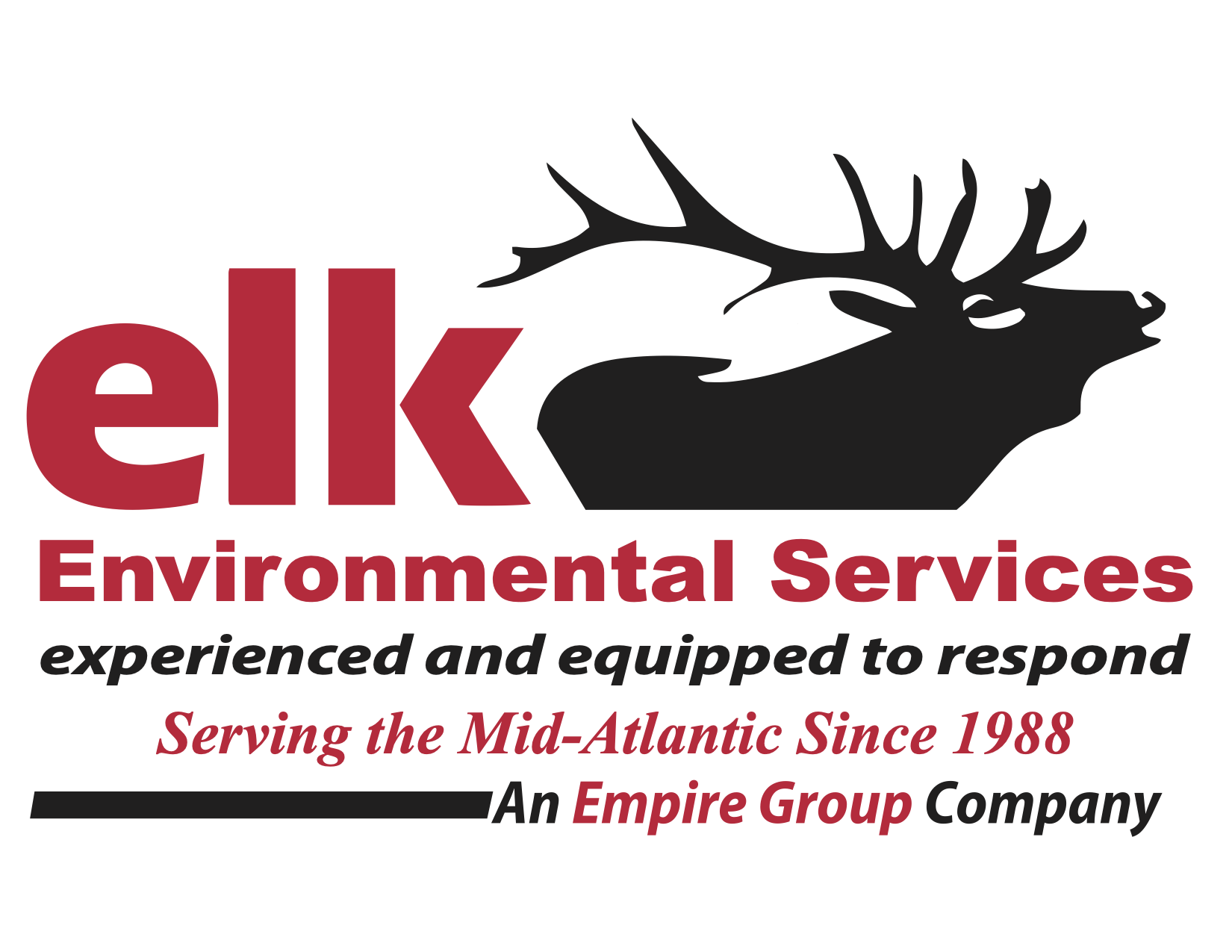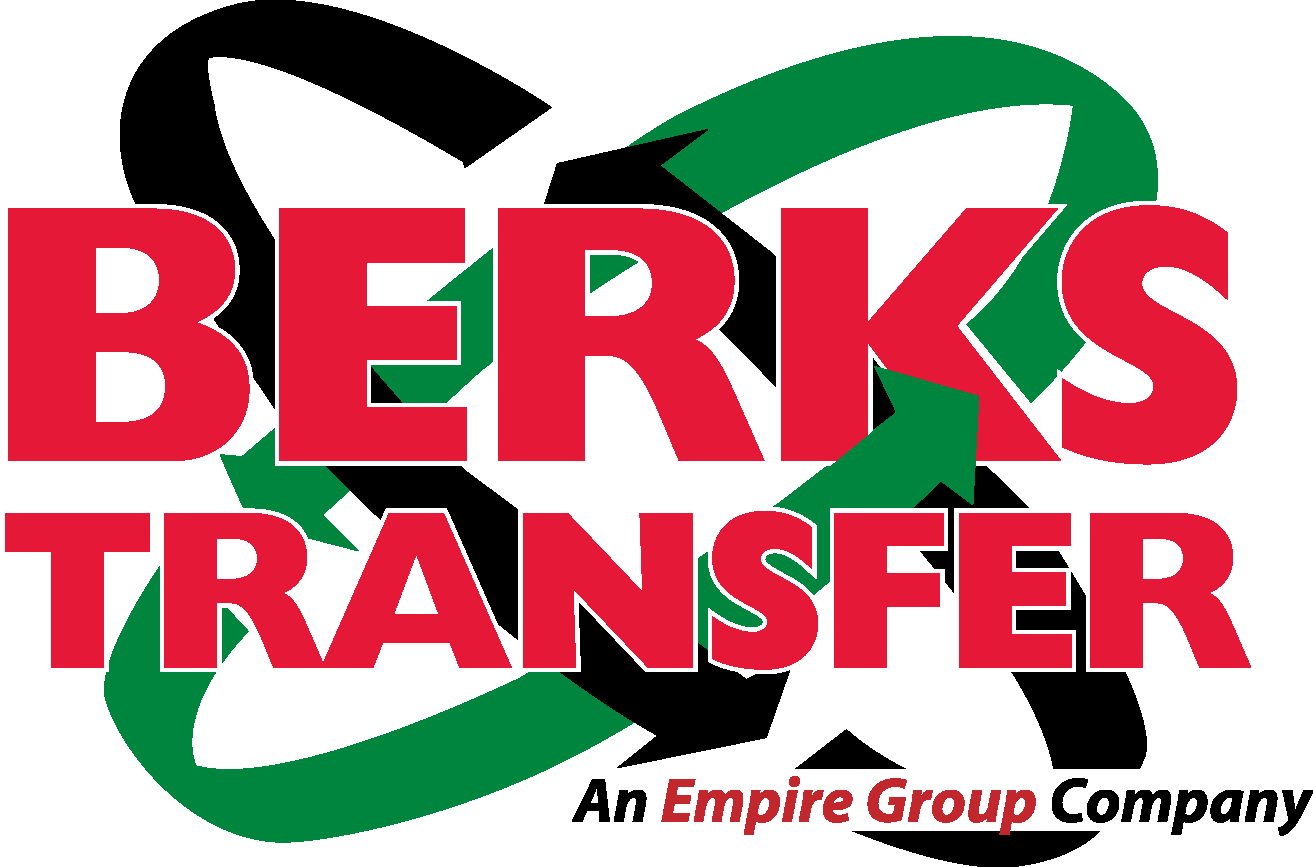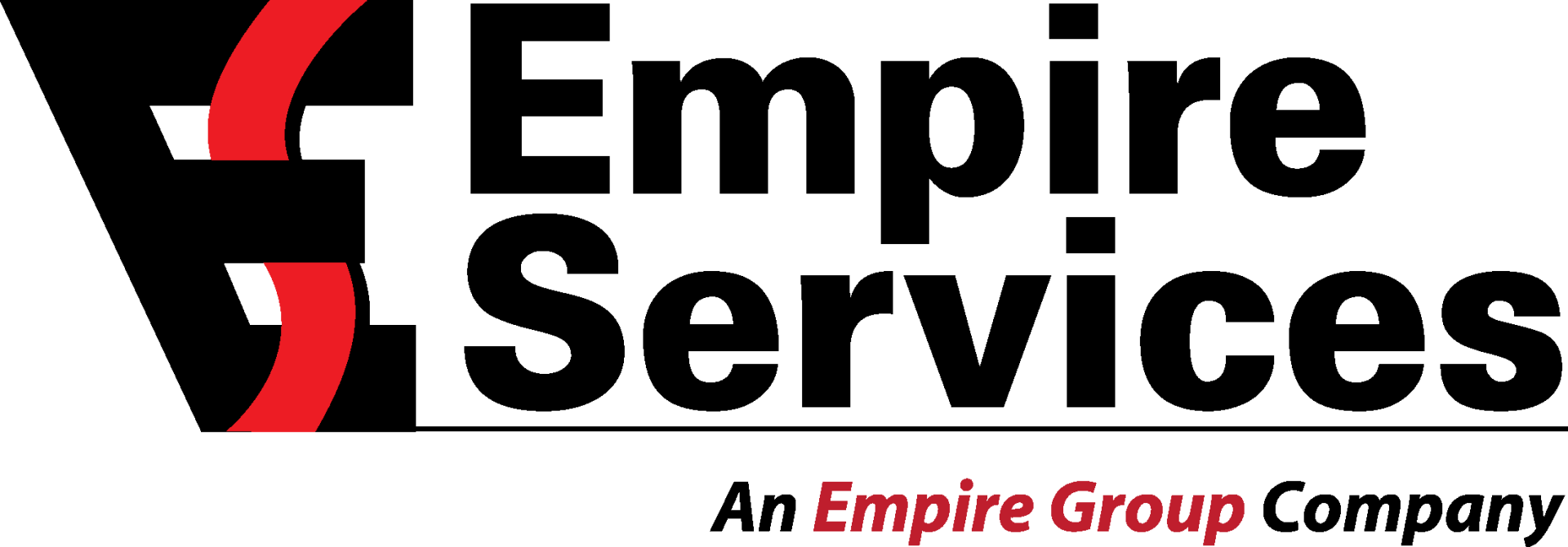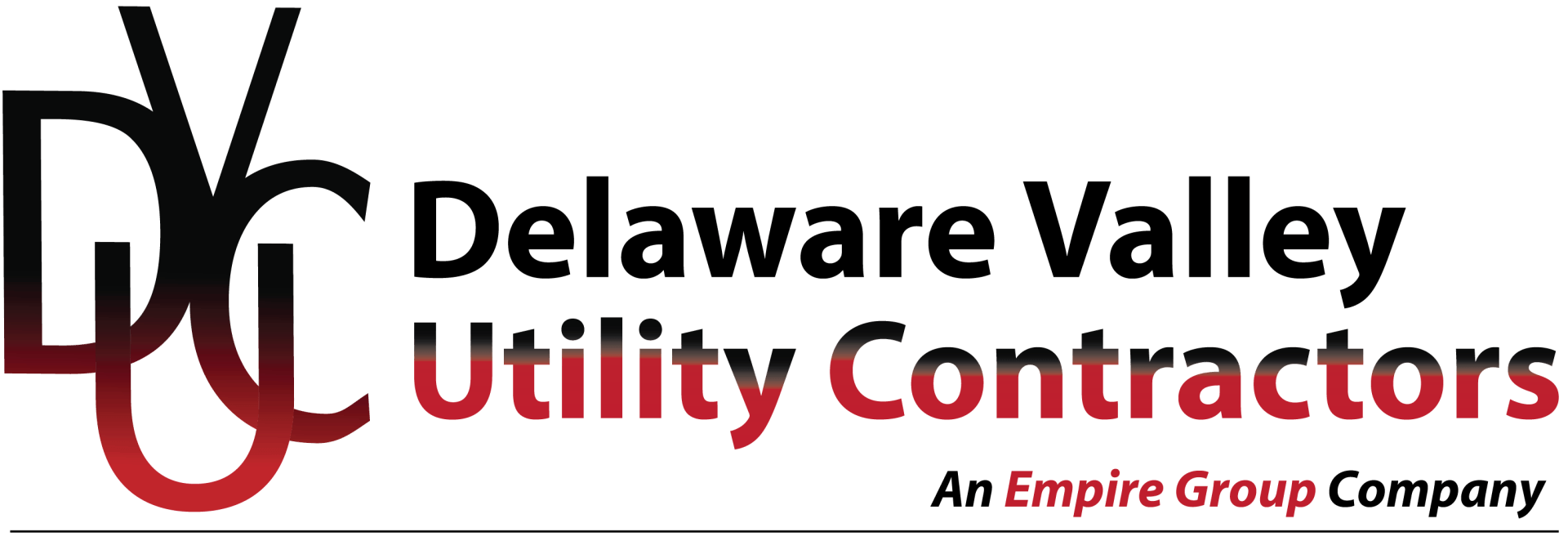Have You Heard About the SuperTruck Program?
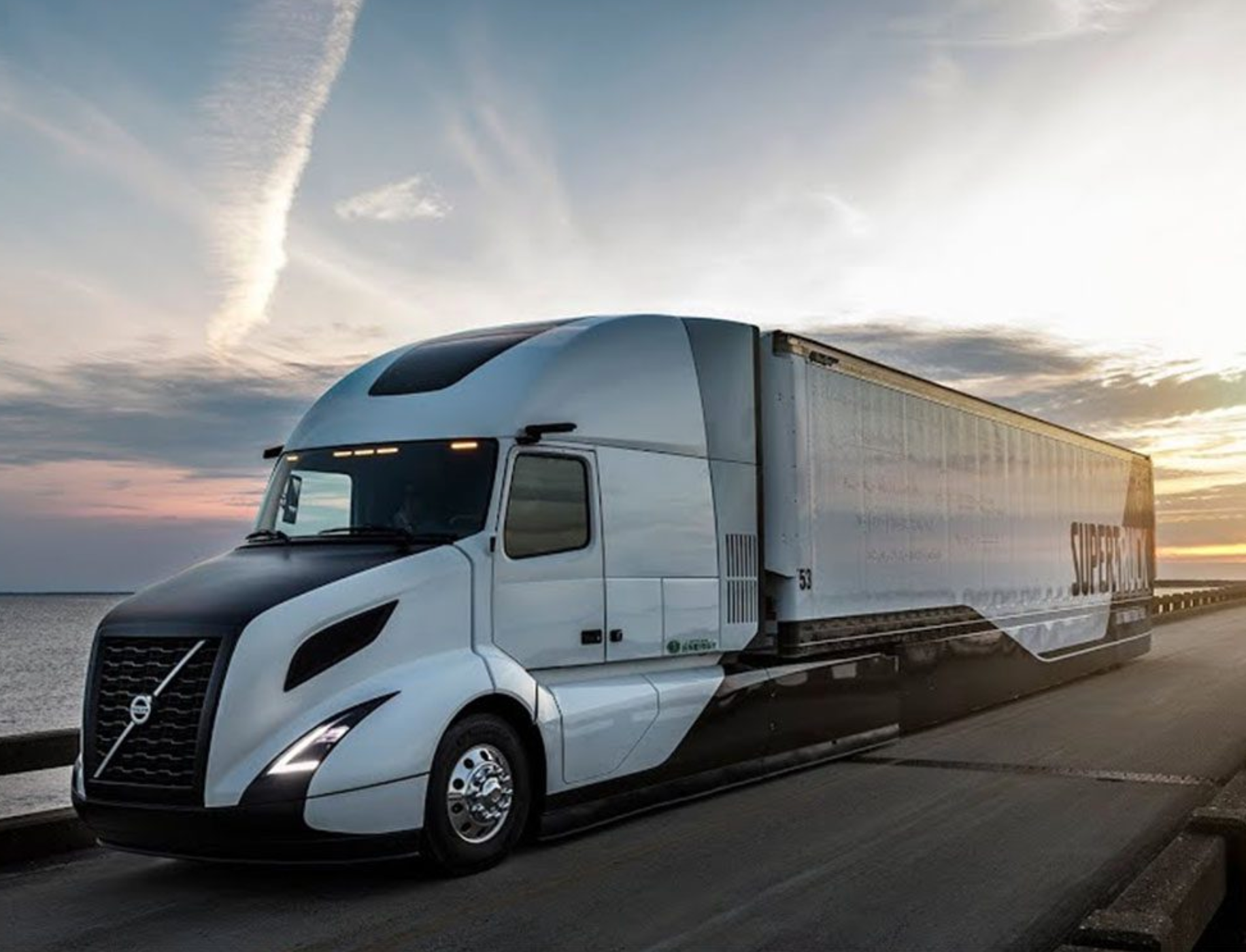
Source: act-news.com/Volvo Trucks
In the relentless pursuit of a more sustainable future, initiatives like the SuperTruck Program have emerged as beacons of hope. Spearheaded by the Department of Energy's Office of Energy Efficiency and Renewable Energy (EERE) since 2009, the SuperTruck Program represents a crucial step forward in the fight against climate change through efficiency. But what exactly does this program entail, and what implications does it hold for the trucking industry?
At its core, the SuperTruck Program is a visionary endeavor aimed at reducing carbon emissions and improving energy efficiency within the trucking sector. By fostering collaboration between the government and truck manufacturers, it seeks to drive innovation and accelerate the adoption of cutting-edge technologies that can revolutionize freight transportation.
Groundbreaking Advancements
Since its inception, the program has developed groundbreaking advancements in truck design and engineering. Through rigorous testing and experimentation, participating manufacturers have developed prototypes equipped with state-of-the-art technologies, ranging from advanced aerodynamics to hybrid powertrains. There are three SuperTruck programs:
SuperTruck 1 (2009) – Enabled engineering groups from various manufacturers of Class 8 trucks to come together to analyze a tractor trailer from headlights to taillights to determine how to get the most efficiency out of the vehicle.
SuperTruck 2 (2016) – Developed technologies that were able to be commercialized. This program produced some remarkable achievements. Volvo, Daimler Truck North America, Cummins/Peterbilt, and Navistar had exceeded the previous programs goals. For example, Daimler Truck North America achieved a 12% improvement in tractor dynamics and a 55.7% engine efficiency by incorporating several technologies developed by this program.
SuperTruck 3 (2021) – The current session focuses on reducing carbon emissions on trucks and cars. The goals are to electrify medium- and heavy-duty trucks, boost vehicle efficiency and expand electric vehicle infrastructure.
A Beacon of Hope
But what does all this mean for the trucking industry? For starters, the SuperTruck Program represents a beacon of hope for reducing the environmental footprint of freight transportation. As one of the largest contributors to greenhouse gas emissions, the trucking industry has long been under pressure to adopt greener practices. The SuperTruck Program offers a pathway to achieving this goal by incentivizing the development of cleaner, more efficient vehicles.
Moreover, the innovations born out of the program have the potential to deliver substantial cost savings for trucking companies. By enhancing fuel efficiency and reducing operating expenses, SuperTrucks can help businesses bolster their bottom line while simultaneously reducing their carbon footprint.
Additionally, the SuperTruck Program serves as a catalyst for industry-wide collaboration and knowledge-sharing. As manufacturers race to develop the next generation of fuel-efficient trucks, they are pushing the boundaries of what's possible and inspiring others to follow suit. This spirit of innovation and collaboration is essential for driving meaningful change across the entire trucking ecosystem.
The SuperTruck Program is a testament to the power of innovation and collaboration in tackling the pressing challenges of climate change. By fostering partnerships between government agencies and private industry, it has paved the way for transformative advancements in the trucking technology. As we focus on SuperTruck 3, the potential for even greater progress on efficiency and reduction of carbon emissions looms on the horizon.
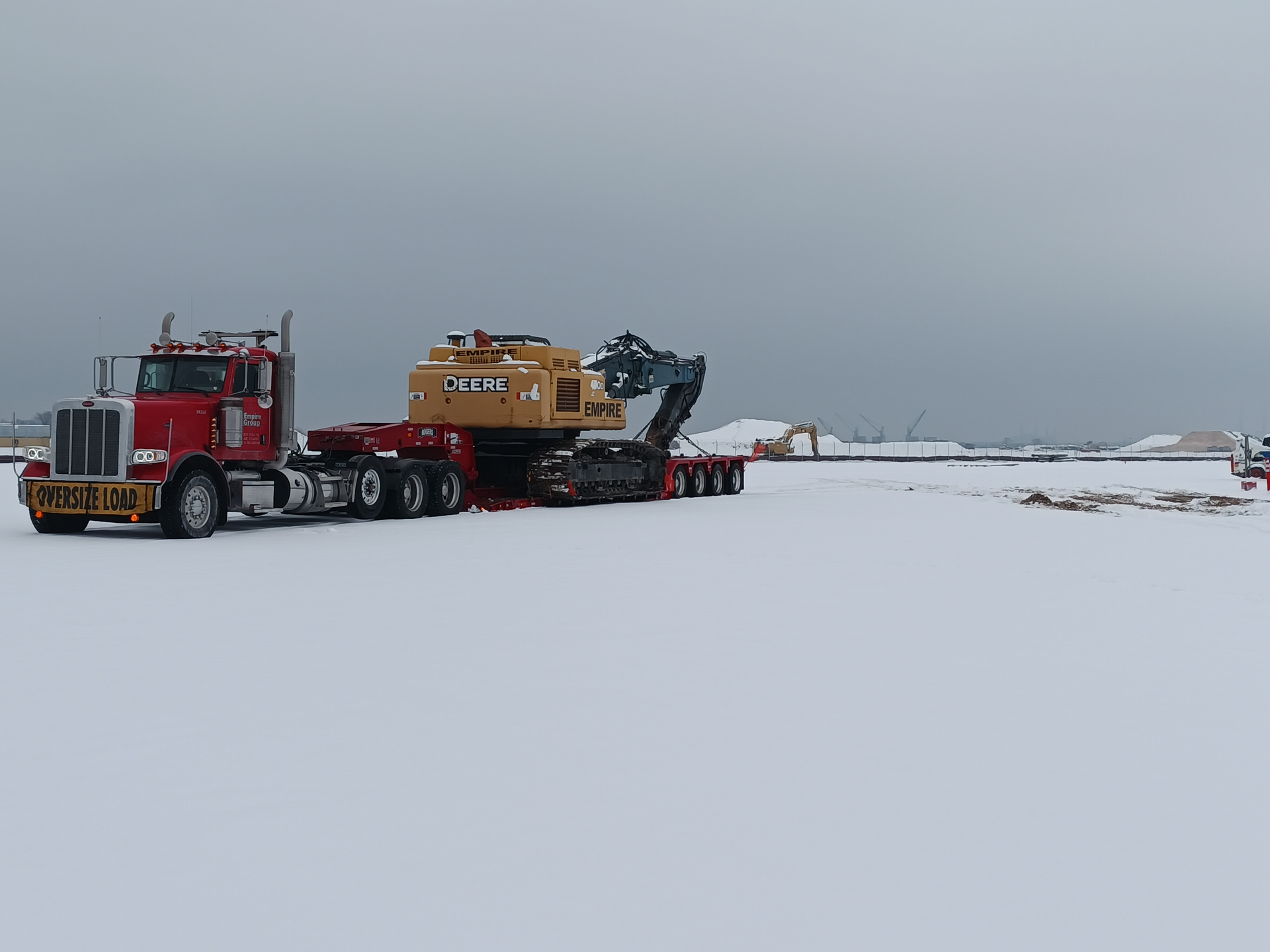

How DVC's Trailers Are Perfect for Transporting Mulch, Stone, Sand and Soil for Landscaping Projects


